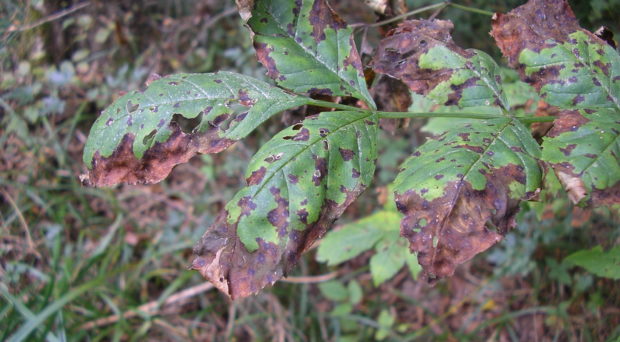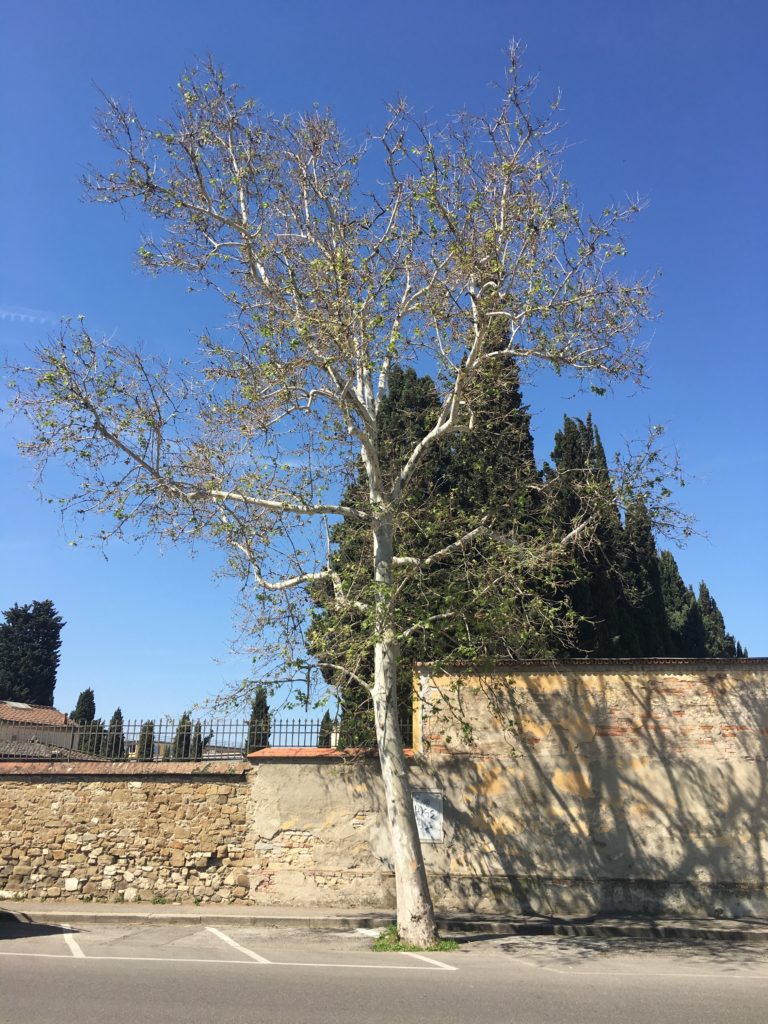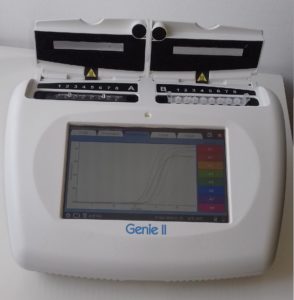
In the recent years the vulnerability of natural ecosystems to abiotic and biotic damage is growing, mainly due to the impact of climate change that increases the environmental stress of ecosystems. Altered management regimes, the expansion of global trade, population mobility and tourism are leading to an escalation in the numbers of alien pests and pathogens being intercepted at ports of entry.
At a global scale, the cost of damage caused by pests and pathogens is estimated at approximately $1.4 trillion per annum.
Invasive alien species represent the primary threat to biodiversity, economy and human health. Global trade breaks the geographical barriers that have kept plant-pathogen assemblies isolated, providing opportunities for invasive species to enter into new ecosystems, where they may find susceptible hosts and/or environments favoring their pathogenic behavior. At a global scale, the cost of invasive and established pests and pathogens is estimated at approximately $1.4 trillion per annum.
In Europe, the accidental introduction of Xylella fastidiosa, Ceratocystis platani and Phytophthora ramorum with infected plants or wood material, has led to epidemics with heavy economic and ecological impacts.

An effective framework for early warning and rapid response is a crucial element to prevent, or at least mitigate, the impact of biological invasions of plant pathogens, especially when applied at ports of entry.
Practical challenges for in-field pathogen detection
Early diagnosis is part of a decision-making process which in the case of plant diseases may prevent the diffusion of invasive plant pathogens and assist in their eradication. Significant advantages could be gained from moving testing technology closer to the site of sampling and, thereby, reducing the detection time. Our work was aimed at optimizing a reliable, fast and sensitive diagnostic assay using a LAMP (Loop mediated isothermal amplification) portable instrument for the early detection of quarantine pathogens as X. fastidiosa, C. platani and P. ramorum.
Reduced time to diagnosis
LAMP assays, including DNA extraction, allow a complete and specific in field analysis in just 40 minutes, enabling the detection of minimal amounts of inoculum of the pathogen, even in asymptomatic tissues. The use of portable LAMP can be advantageous when a rapid diagnosis is required, especially for phytosanitary inspection, in order to prevent the introduction and spread of these damaging quarantine pathogens.

Prevention: the best strategy to contain the quarantine pathogens
Once pathogens have spread and settled in a certain area, eradication is extremely difficult, and so prevention by early detection of new species at ports of entry seems the only reliable measure, although it is difficult in the face of global mobility. The use of rapid, specific and sensitive point-of-care methods like the LAMP assays enables phytosanitary services to make immediate management decisions, helping in containing environmental and economic losses. These tools require minimum equipment and a few, if any, specific scientific skills, so that anyone with minimum training can use.
In conclusion, an advance in technology can provide efficient tools to prevent the introduction or limit the spread of diseases that can have severe economic, ecological and sociological consequences.
- An early warning tool for quarantine plant pathogen detection - 24th April 2019
Comments